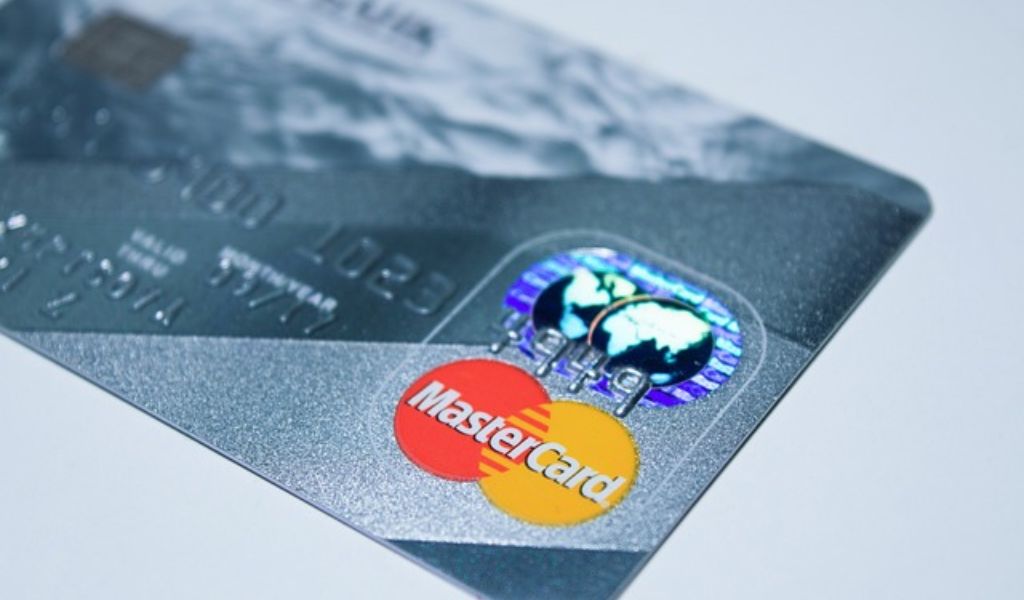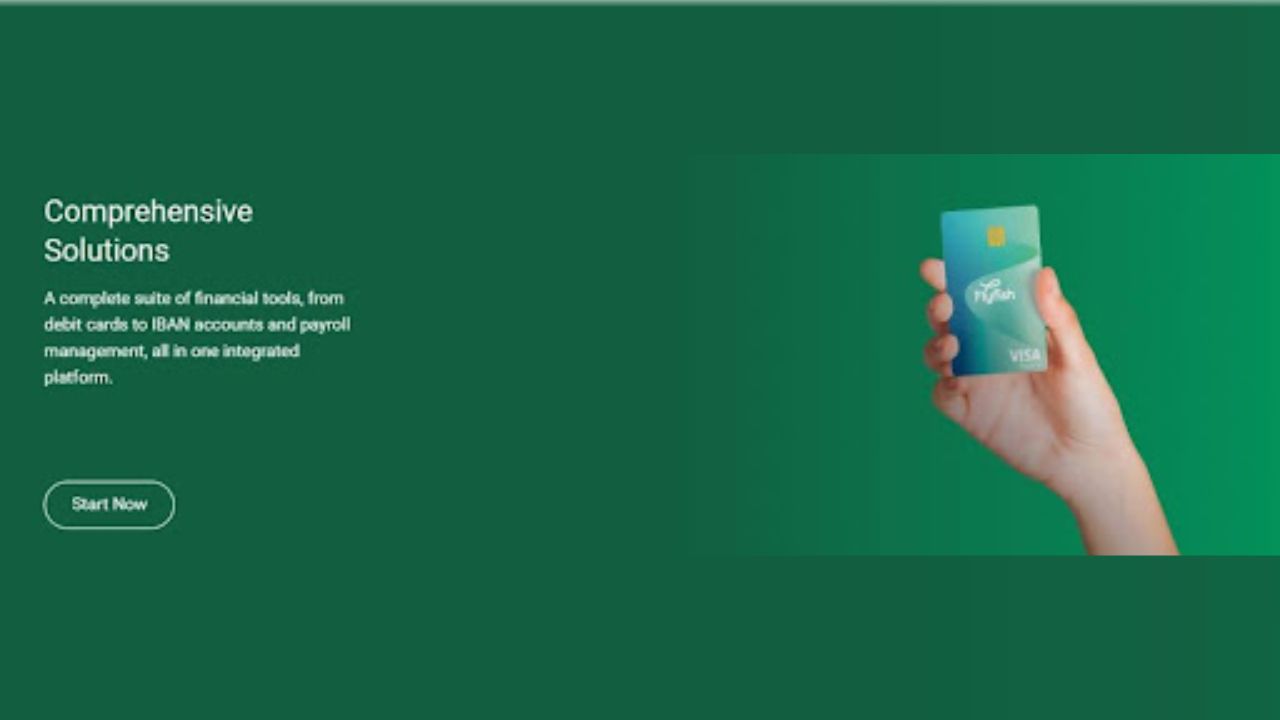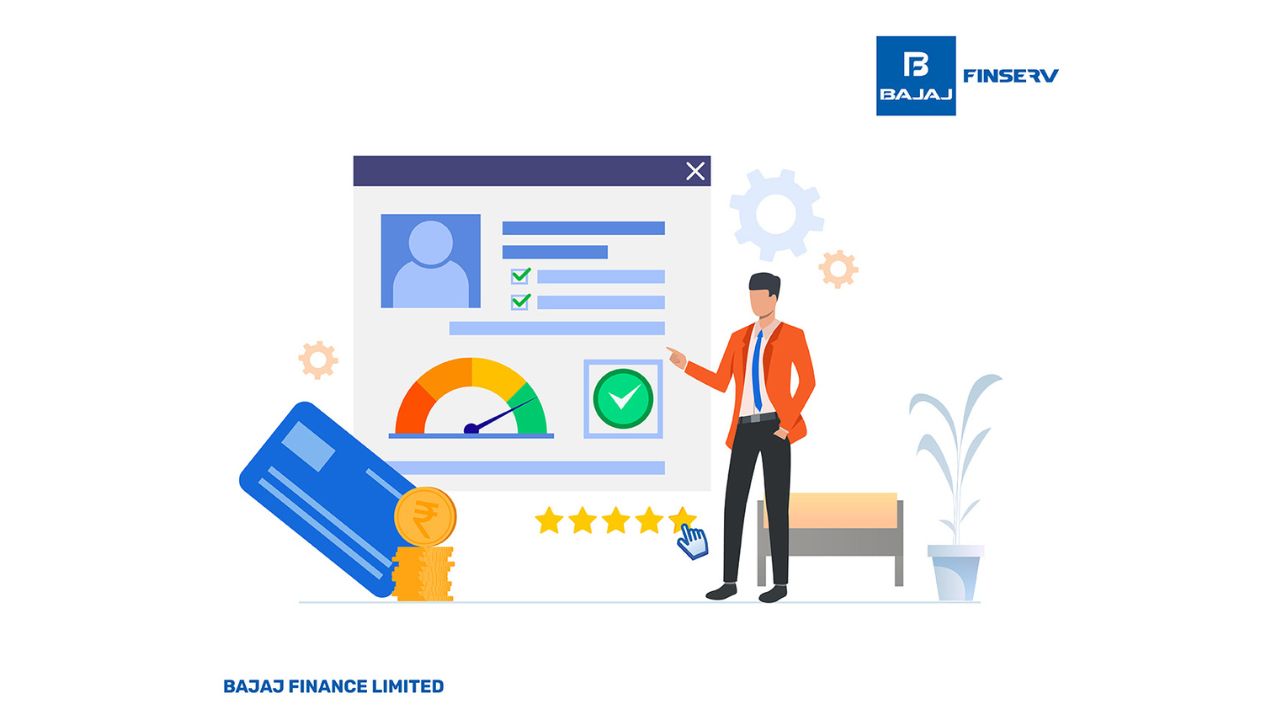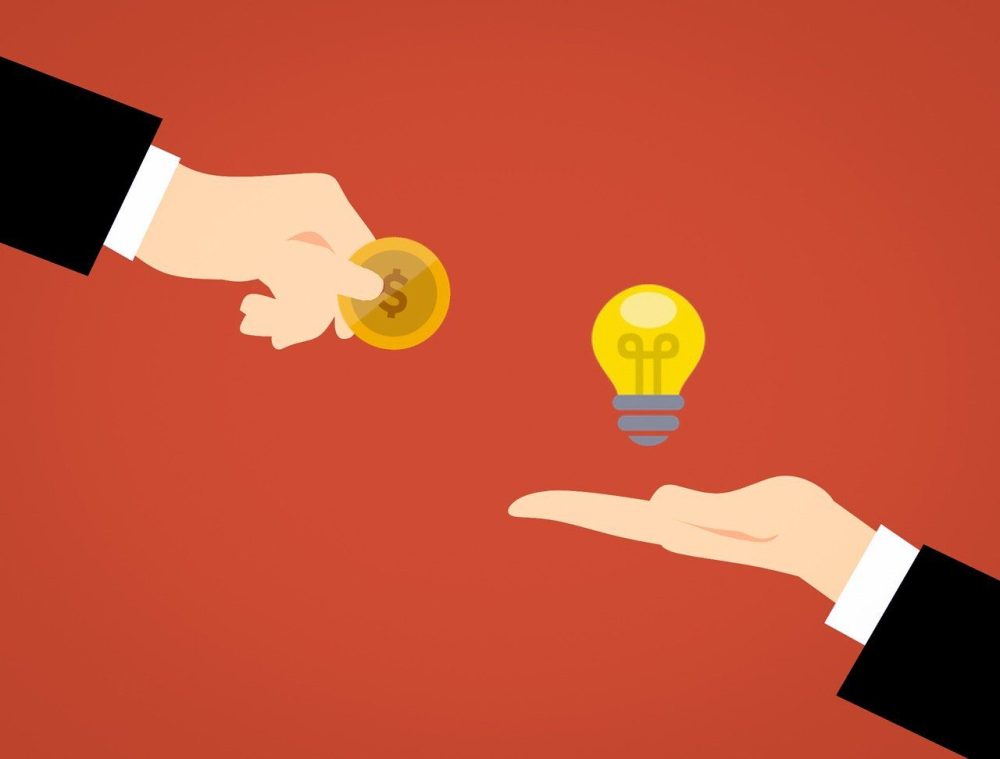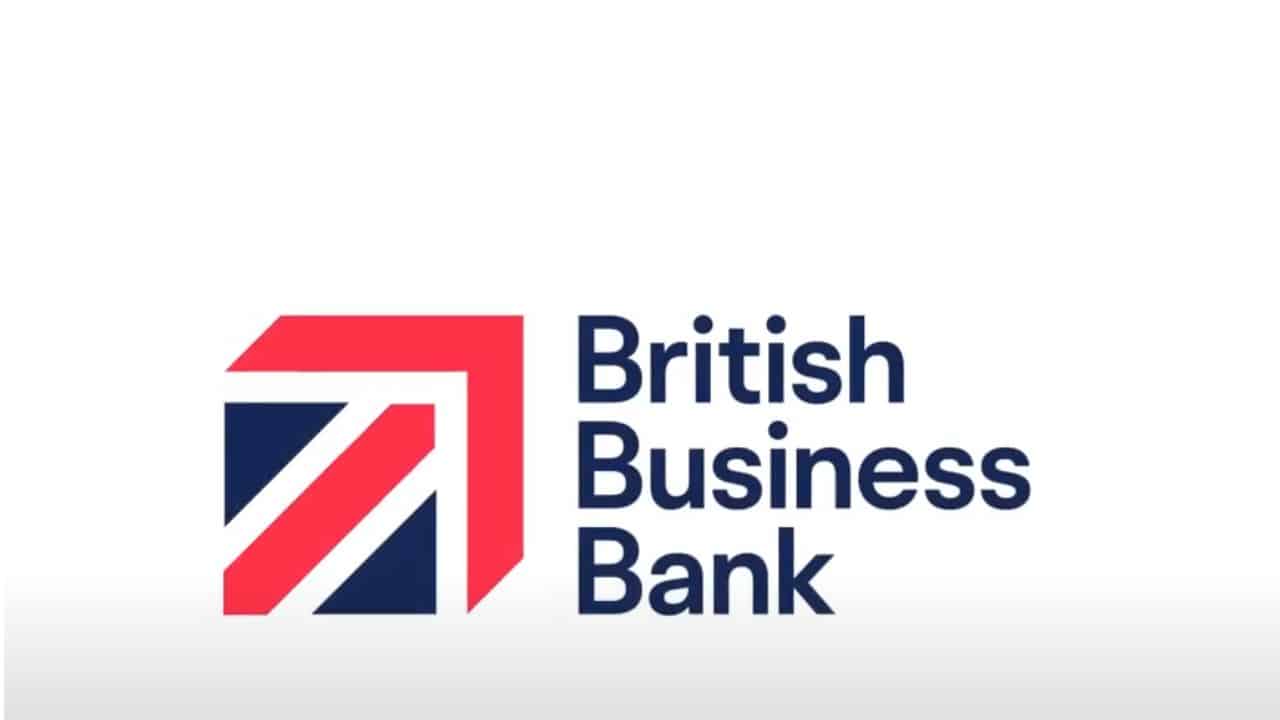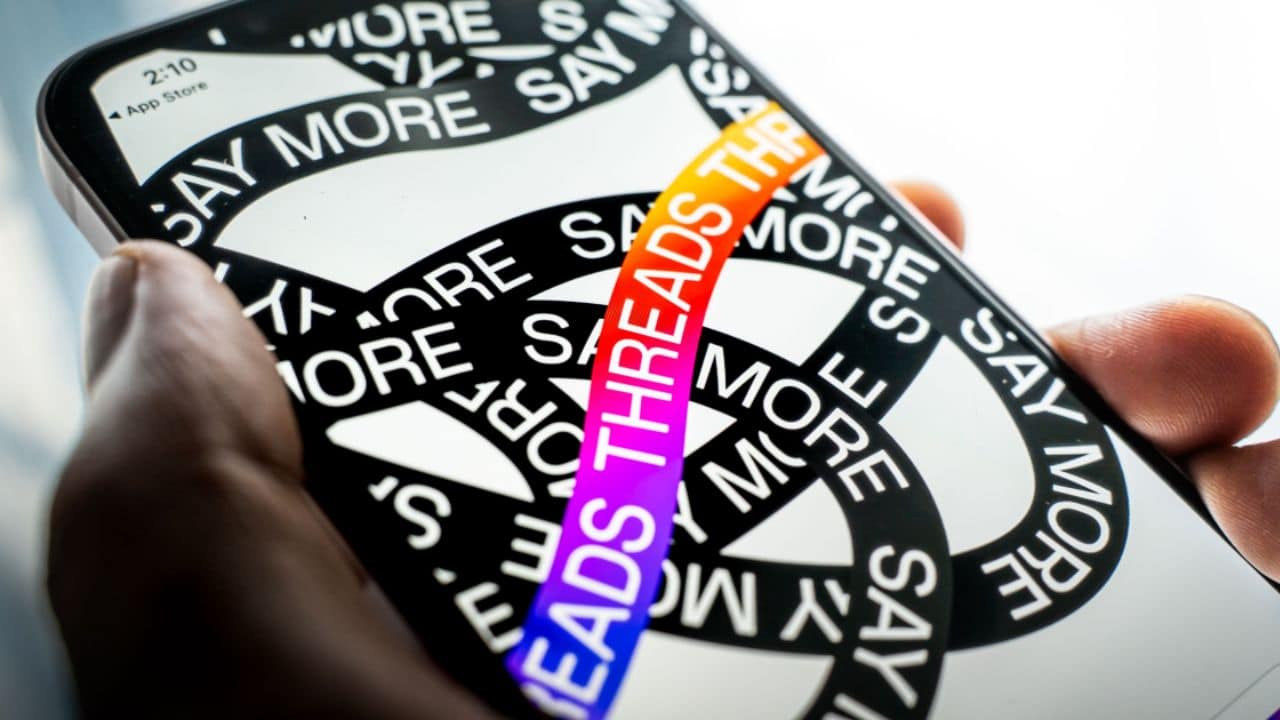Listen to the Podcast:
Credit cards are a common financial tool used by millions of people around the world. They provide a convenient way to make purchases, earn rewards, and build credit. However, for beginners, credit cards can be confusing and even overwhelming. In this guide, we’ll cover the basics of credit cards, including what they are, how they work, and how to use them responsibly.
Credit Card vs Debit Card
Credit cards and debit cards are both financial tools used for making purchases, but they work differently.
A credit card allows you to borrow money from the card issuer, up to a certain credit limit. You can use this credit to make purchases and then repay the amount borrowed over time, usually with interest. Credit cards also offer rewards programs, such as cashback or points for purchases, which can be redeemed for rewards or discounts.
On the other hand, a debit card is linked directly to your checking account. When you use a debit card to make a purchase, the money is withdrawn directly from your account. Debit cards do not allow you to borrow money or build credit, but they are a convenient way to access and manage your own money.
While both credit and debit cards offer convenience and security for making purchases, there are some important differences to consider. Credit cards can be useful for building credit, earning rewards, and making larger purchases you may not have the cash for upfront. However, it’s important to use credit cards responsibly, by paying your bills on time and keeping your credit utilization low, to avoid accruing high-interest debt. Debit cards are a good option for those who prefer to avoid credit card debt and want to stay within their budget.
Credit Card Interest Rates
Credit card interest rates can vary depending on several factors, such as the card issuer, the creditworthiness of the cardholder, and the type of card. Generally, credit card interest rates are higher than other types of loans, such as mortgages or car loans, because they are unsecured loans, meaning there is no collateral to secure the loan.
The interest rate on a credit card is expressed as an annual percentage rate (APR), which is the rate at which the card issuer will charge interest on any outstanding balance on your credit card. The APR can be fixed, meaning it stays the same over time, or variable, meaning it can change based on market conditions or other factors.
If you carry a balance on your credit card, you will be charged interest on that balance. The amount of interest you pay is based on the APR and the balance owed. For example, if you have an APR of 18% and a balance of $1,000, you would be charged $15 in interest for one month. It’s important to pay your credit card bill in full each month to avoid accruing high-interest debt.
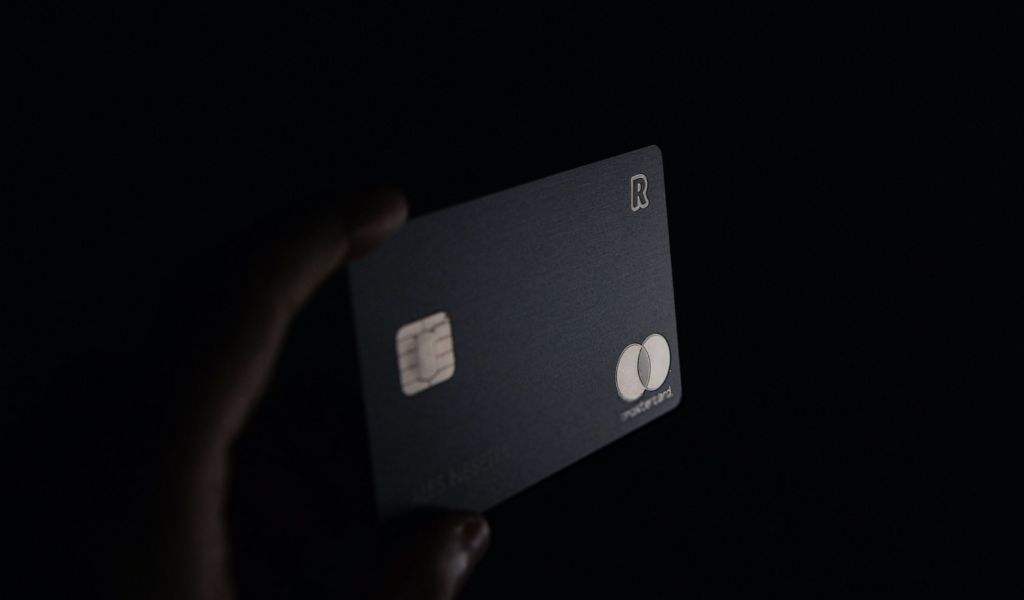
Credit card companies may also charge other fees, such as late payment fees, cash advance fees, and balance transfer fees, which can also add to the overall cost of using a credit card. It’s important to read and understand the terms and conditions of your credit card to avoid any surprises.
Credit Card Features
Credit cards come with a range of features that can vary depending on the card issuer and type of card. Here are some common features of credit cards:
- Credit Limit: The credit limit is the maximum amount of credit the issuer extends to the cardholder. It is determined by the card issuer based on the cardholder’s creditworthiness and income.
- Interest-Free Days: Some credit cards offer interest-free days, which means that no interest will be charged on purchases made during this period. The number of interest-free days varies depending on the card issuer and the type of credit card.
- Balance Transfers: Balance transfers allow the cardholder to transfer the balance of one credit card to another card with a lower interest rate. This feature can be useful for consolidating high-interest credit card debt into a single lower-interest payment.
- Cash Advances: Cash advances allow the cardholder to withdraw cash from an ATM or bank using their credit card. This feature can be useful in emergencies but is typically subject to high-interest rates and fees.
- Rewards Programs: Credit cards may offer rewards programs that allow cardholders to earn points, miles, or cash back for every dollar spent. These rewards can be redeemed for merchandise, travel, gift cards, and more.
- Contactless and Mobile Payments: Many credit cards now offer contactless payment technology, which allows cardholders to make monthly payments by simply tapping their card on a payment terminal. Some credit cards also offer mobile payment options, such as Apple Pay, Google Pay, or Samsung Pay.
- Insurance Covers: Some credit cards offer insurance covers, such as travel insurance, purchase protection, extended warranty, or rental car insurance. These covers can provide added protection and peace of mind when using your credit card.
- Extra Features: Some credit cards offer additional features, such as concierge services, airport lounge access, discounted movie tickets, or special dining privileges. These features can add value to your card and make it more appealing to use.
Credit Card Costs
Credit card costs in Australia can vary depending on the type of card, the card issuer, and the creditworthiness of the cardholder. Here are some of the most common costs associated with credit cards in Australia:
- Repayments: Credit card issuers require you to make a minimum repayment when your statement is issued. This amount is usually 2% to 3% of your outstanding balance, but it’s best to pay as much as you can each statement period to reduce your interest costs. If you don’t make the minimum repayment by the due date, you will incur a late payment fee.
- Annual Fee: Some credit card issuers charge an annual fee, which can range from $0 to $500 or more depending credit card type. This fee is deducted from your available credit limit and accrues interest at the purchase rate if it isn’t paid in the first statement period.
- Interest Rates: Credit card interest rates are much higher than other types of finance because credit cards are an unsecured product. This means financial institutions cannot take your assets if you default on your repayments. Interest rates can range from around 8% to 25% or more, depending on the card and your creditworthiness. You can avoid interest charges by paying your balance in full each statement period or by taking advantage of interest-free periods or promotional offers.
- Other Fees: Other fees you may encounter include late payment fees, over-limit fees, cash advance fees, foreign transaction fees, and balance transfer fees. These fees can add up quickly, so it’s important to read the terms and conditions carefully before applying for a credit card.
It’s important to consider all of the costs associated with a credit card before applying and to choose a card that fits your financial needs and goals.
Different Types of Credit Cards
There are several different types of credit cards available to consumers, each with its own features and benefits. Here are some of the most common types of credit cards:
- Low-interest credit cards: As you mentioned, these credit cards typically offer a lower interest rate compared to other cards, which can make it easier and cheaper to pay off a debt over time. Some low-interest credit cards also offer a promotional period with 0% interest on purchases, which can be helpful if you need to make a large purchase and want to spread out the payments over time. These cards can be a good option for beginners who are still learning how to manage their credit and want to avoid high-interest rates.
- No annual fee credit cards: These credit cards don’t charge an annual fee, which can make them an attractive option for beginners who want to keep costs low. However, the interest rates on these cards can be higher than on low-interest credit cards. It’s important to weigh the pros and cons and consider your spending habits to determine whether a no-annual-fee credit card is the right choice for you.
- No-interest flat fee credit cards: These credit cards charge a monthly fee instead of interest on your credit card balance, usually around $10-$22 when you use the card (as well as minimum repayments). This can make it easier to budget and manage your credit card payments, but it’s important to note that the monthly fee can still add up over time. These cards can be a good option if you want to avoid interest charges and don’t mind paying a flat fee each month.
- Student credit cards: These credit cards are designed specifically for students and typically offer lower fees and interest rates compared to other cards. They can be a good option for students who want to build their credit history and learn how to manage credit responsibly. However, it’s important to remember that credit cards are a form of debt and should be used wisely.
There are also many other types of credit cards available, such as rewards cards, travel cards, secured cards, and business cards. It’s important to research different types of cards and compare their features and costs before choosing one that’s right for you.

